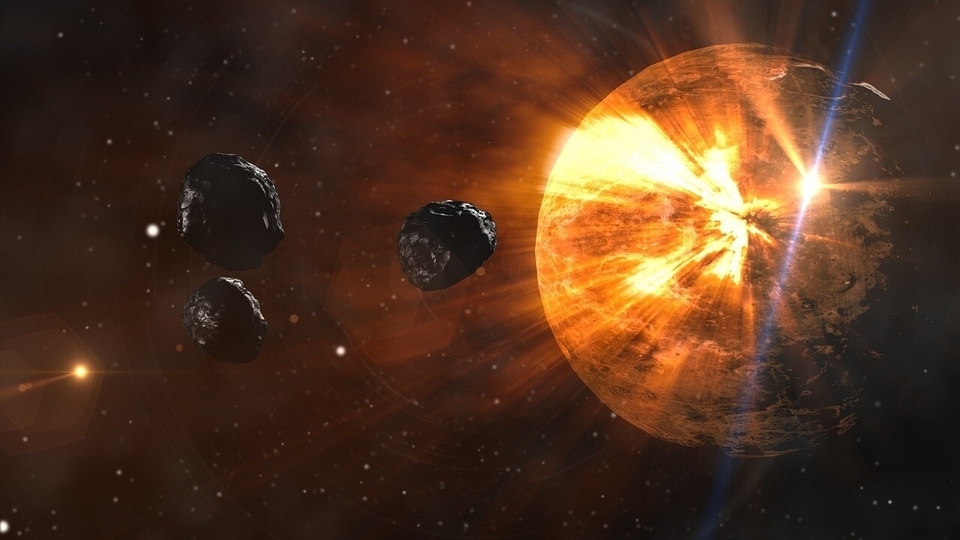Alert! NASA expects aircraft-sized asteroid to make close Earth approach
NASA has revealed information about an asteroid which is expected to come very close to Earth soon. Know details such as its speed, distance and more.







 View all Images
View all ImagesAsteroids can provide valuable resources such as water, metals, and other minerals to humanity in the future. Scientists also study asteroids to learn more about the early solar system and the conditions that existed when the planets were forming. Asteroids vary in the composition of their core materials. Some asteroids are made up of clay and silicate, while others are made up of silicate materials and nickel-iron, according to NASA.
Asteroids often make close flybys to Earth, generally missing the planet by a safe enough distance although many are dubbed as being potentially hazardous. NASA has now warned that another one is on its way, and it will buzz the planet soon.
Asteroid 2023 DX details
The Asteroid 2023 DX will make its closest approach to Earth tomorrow, March 3, at a distance of 1.9 million kilometers. The asteroid, which is nearly the size of an aircraft with a width of 74 feet, is speeding towards Earth at 46984 kilometers per hour. This space rock belongs to the Apollo group of asteroids, as per NASA.
NASA tracks asteroids using a combination of ground-based and space-based telescopes. The NASA-funded Asteroid Terrestrial-impact Last Alert System (ATLAS) scans the night sky for moving objects and reports any potential asteroid detections, while some space-based observatories use infrared sensors to detect asteroids and their characteristics.
Although this asteroid is not expected to collide with Earth, a slight deviation in its trajectory due to the Earth's gravitational pull can send the asteroid hurtling towards Earth for an impact.
How is an Asteroid's orbit Calculated?
An asteroid's orbit is computed by finding the elliptical path about the sun that best fits the available observations of the object using various space and ground-based telescopes such as NASA's NEOWISE telescope and its brand-new Sentry II algorithm. That is, the object's computed path about the sun is adjusted until the predictions of where the asteroid should have appeared in the sky at several observed times match the positions where the object was observed to be at those same time.
Catch all the Latest Tech News, Mobile News, Laptop News, Gaming news, Wearables News , How To News, also keep up with us on Whatsapp channel,Twitter, Facebook, Google News, and Instagram. For our latest videos, subscribe to our YouTube channel.




























